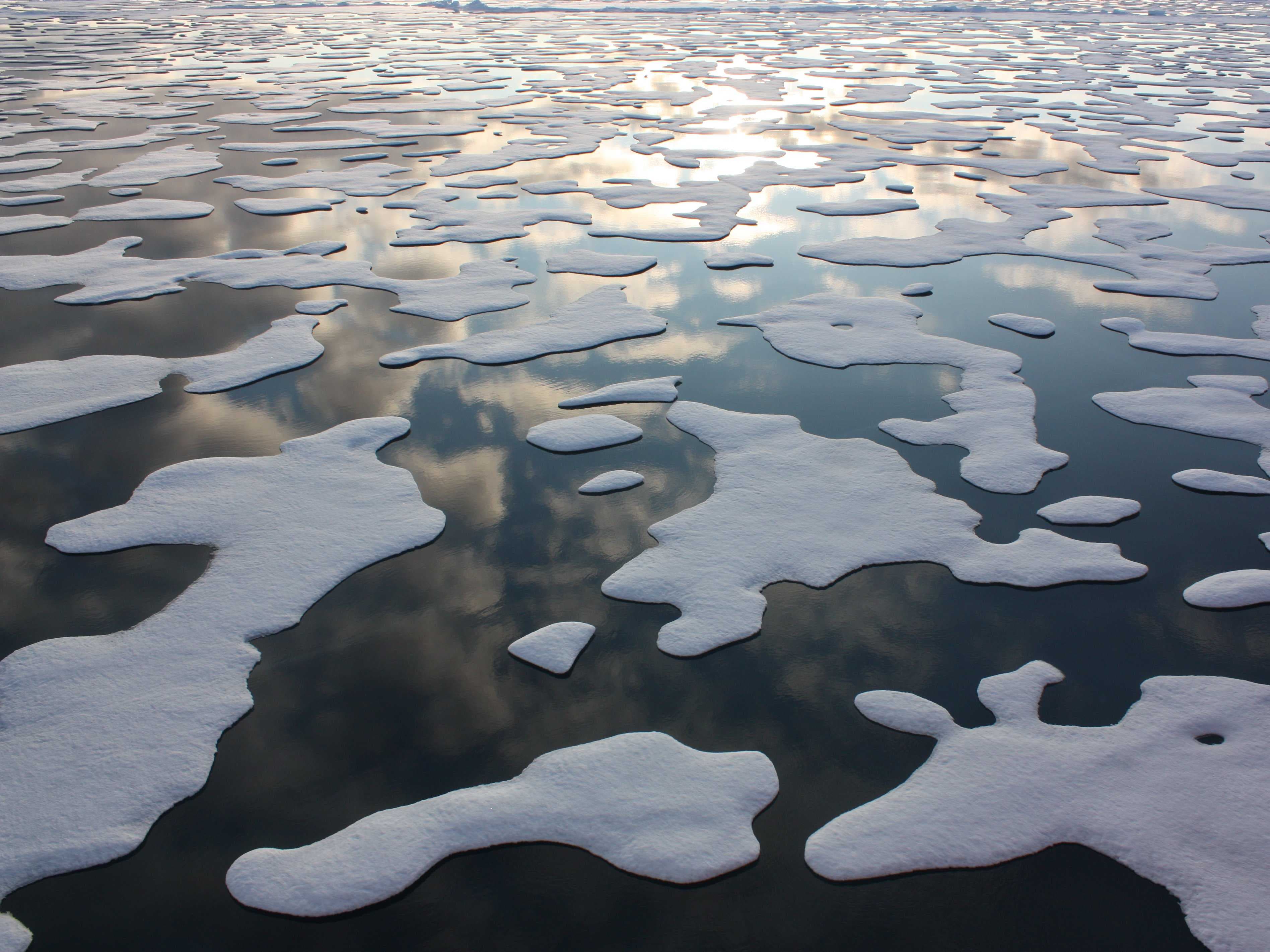
Changes in Antarctic sea ice production impact global ocean circulation
Impact of the changes to the ice sheet on global ocean circulation
Changes in Antarctic sea ice production impact global ocean circulation. The high sea ice production of Antarctic coastal polynyas is attributable to the formation of Antarctic Bottom Water (AABW), which is a driving force for global ocean circulation. Sea ice production varies year to year as well as seasonally; however, there are various explanations for the factors that increase or decrease this production, such as wind, temperature, and surrounding ice conditions, which have not been understood till date.Changes in Antarctic sea ice production impact global ocean circulation
Dr Takeshi Tamura at National Institute of Polar Research, Japan, and his research team developed an algorithm for calculating sea ice production from satellite remote sensing data, and were the first in the world to succeed in mapping sea ice production in both the Arctic and Antarctic regions. In this study, this algorithm was used to analyze long-term (1992-2013) sea ice production in the 13 main Antarctic coastal polynyas, and the average values (Figure 2) and annual variability of sea ice production were calculated. Furthermore, the sea ice production volume was verified by bio-logging the data of Elephant seals (Mirounga Lenonina).
These results show that sea ice production decreased in years when major events such as an ice shelf collapse or the collapse of a glacier occurred. The results also indicate that sea ice production increases in polynyas wherein off-shore first-year ice has decreased. Dr Tamura states that “With Antarctic coastal polynyas, changes to surrounding ice such as ice shelves and glaciers, fast ice, and off-shore first-year ice play a more important role in sea ice production than wind and temperature, such as what the Southern Annular Mode (SAM) does.”
Furthermore, he comments that, “Antarctic coastal polynyas — in which there is large annual variability in sea ice production — are areas of the sea in which ice shelf fusion has accelerated in recent years. There is a possibility that these will have a large impact on changes to Antarctic Bottom Water (AABW) in the future, and therefore monitoring is essential.”
###
Source: National Institute of Polar Research, Japan












